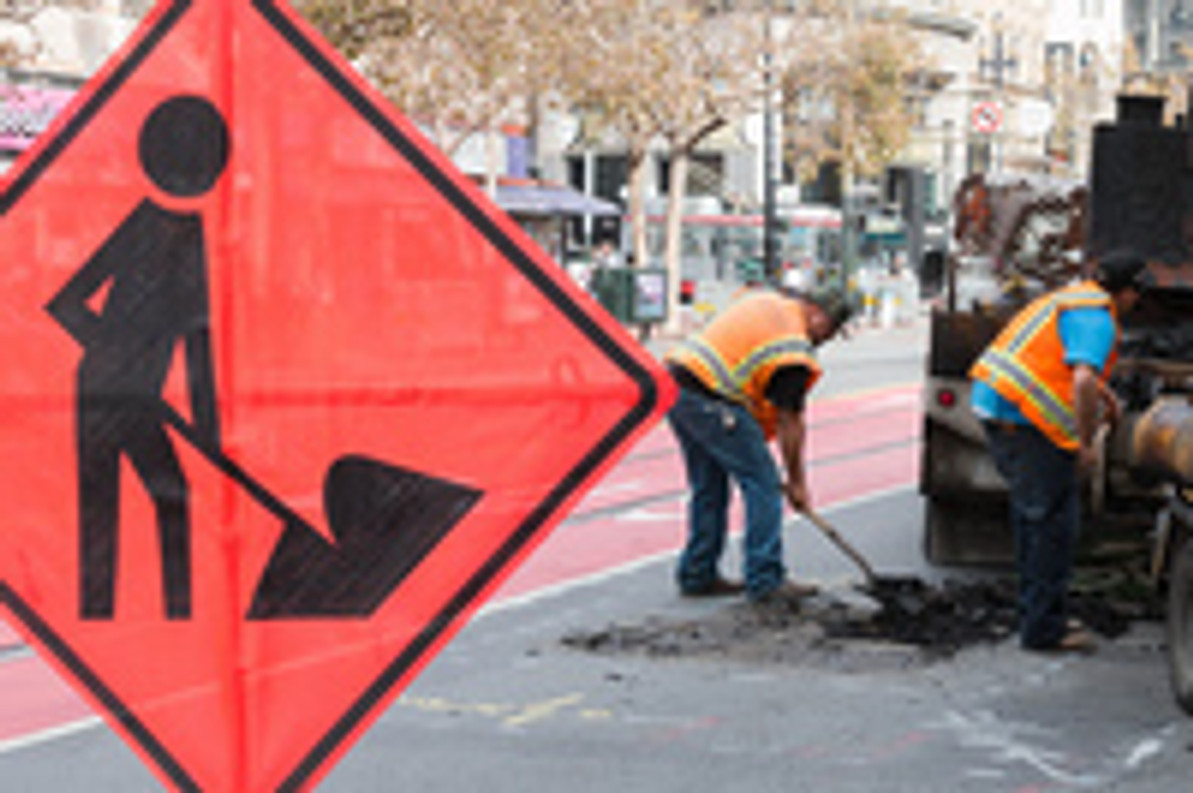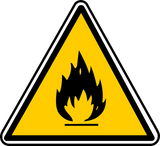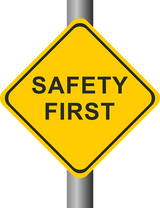Safety Tips for Construction Workers

Construction is one of the largest and fastest-growing sectors in the U.S. As cities throughout the country create new development projects, there's a greater need for workers. Subsequently, however, it also increases the number of construction workers who are injured on the job.
According to the Bureau of Labor Statistics (BLS), 828 construction workers were killed in 2013, which translates into roughly 20% of all work-related fatalities for the year. Among the leading causes of work-related fatalities in the construction industry include falls, struck by an object, electrocutions, and caught-in/between.
So, what can construction workers do to protect themselves from injury? When working on elevated surfaces (e.g. catwalks and scaffolds), workers should wear a personal fall arrest system. In the event a worker loses his or her balance, the fall arrest system will keep them in place, preventing them from falling to the ground below. Additionally, floor openings should be covered and properly labeled. If there's an opening on the scaffolding, workers should cover it and place a sight up to notify other workers of its presence. Doing so will go a long ways in protecting workers from fall-related injuries.
To reduce the risk of "caught-in/between" fatalities and injuries, workers should remain conscious of their position in relation to nearby equipment and machinery. As noted in the Occupational Safety and Health Administration's (OSHA) Quick Card on construction safety, workers should never place themselves between moving and fixes objects, as this can prove fatal.
It's not uncommon for construction workers to dig and maintain trenches below the surface. Whether it's used for plumbing, underground tunnels, or any other application, trenches such as this are a frequent occurrence in the construction industry. When workers are asked to dig these tunnels, however, they should protect the excavation site by shoring, sloping or using a trench shield system. The purpose of these systems is to keep the trench in tact, preventing it from collapsing in on itself.
To prevent electrocutions, construction workers should remain conscious of nearby power lines and cables. If you are asked to climb a ladder to reach a roof, for instance, look above to see if there are power lines present. Accidentally bumping into a power line during your ascent could prove fatal. OSHA also advises construction workers to only use electrical tools if they are grounded or double-insulated.
Recent Posts
-
Fire Safety in the Workplace: What You Need to Know
What steps are you taking to prevent fires in your workplace? According to the U.S. Occupational Saf …Aug 23rd 2023 -
Is It Safe to Go Jogging With a Cold Infection?
If you're suffering from a cold infection, you might be wondering whether it's safe to go jogging. T …Aug 22nd 2023 -
5 Safety Tips to Follow When Using a Powder-Actuated Tool
Powder-actuated tools are commonly used to join materials to steel and concrete. Also known as Hilti …Aug 20th 2023




